Flower and leave spots
Most types of leaf spots are caused by fungi. There is also a chance that it’s caused by a bacterium or virus is. Discoloration is always larger in form than in the case of a pest like mealy bugs and thrips, which cause damage to one or a few cells.
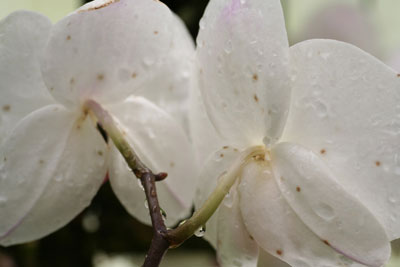
Flower Stains can be caused by botrytis (Botrytis cinerea). In orchids a small transparent or brown spots can appear on the flower. Young seedlings with softer leaves can also be affected by this fungus. At high humidity, the risk of the disease botrytis is very large. It takes a very short time for this mold to grow and cause damage in a water droplet on a flower.
At the firm petals of Phalenopsis brown spots appear.
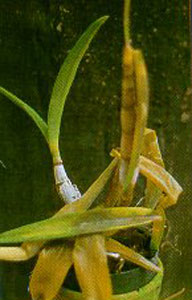
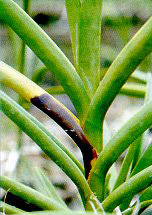
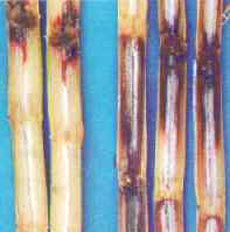
On the flower stems the fungus Fusarium moniliforme forms black deep sunken spots.
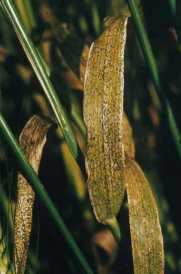
Rust gives orange or yellowish brown spores at the bottom of the leaves. This disease are moste common with Oncidium, Cattleya, Lealia, and Epidendrum. Weak plants are most susceptible to this fungus.
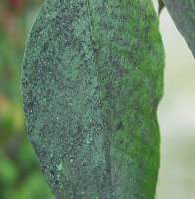
Dew Soot is a black fungus that grows on the excrement of aphids. This fungus is also high on the linden tree which always homes much lice. The black color is not in the leave and can simply be washed off. The only damage it causes is that the light may not reaches the cells.
Leaf spots caused by fungi:
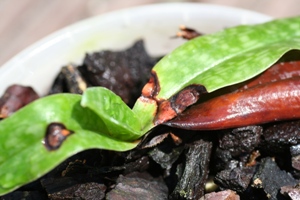
Erwinia
Brown Black belt-shaped rows of dots appear on leaf tips and are caused by Colletttrichum gloeosporioides on Odontoglossum, Paghiopedilum and Laelia. The disease occurs in plants that are in worse condition. There may be black round spots on the leaf with brown circles inside.
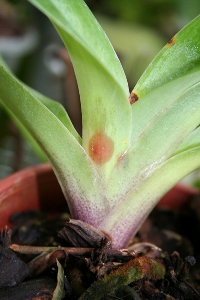
Round spots on the leaf in reddish color caused by the fungus Gloeosporium affine. The spots are from 2 mm up to 2 cm.
Cercospora gives yellow circular spots that later turn black. After a while black powder appears under the leave stains. This disease are moste common with Dendrobium, Odontoglossum, Oncidium and Zygopethalum.
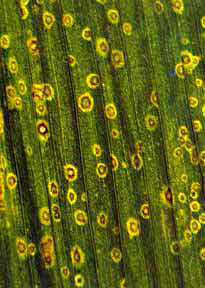
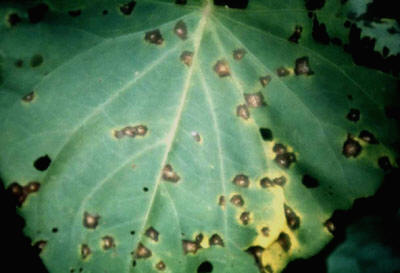
Phyllosticta capital platensis gives little yellow irregularly shaped spots which later become black dots. This disease are moste common with Dendrobium.
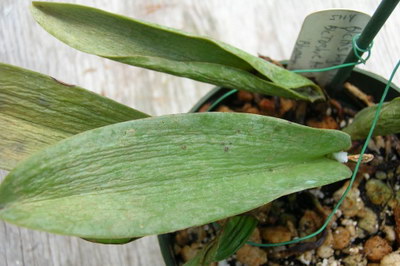
(Picture www.staugorchidsociety.org)
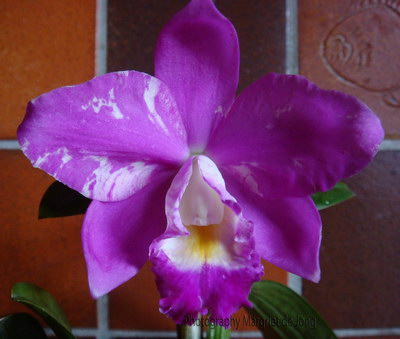
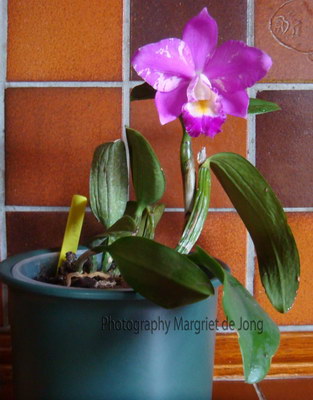
Fusarium gives light brown irregular spots with dark brown edges, usually on the underside of the leaf. This disease are moste common with Cymbidium and Dendrobium.
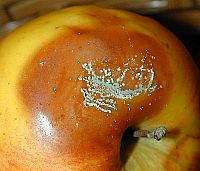
The round or elongated from 3.5 to 5 cm spots in Paphiopedilum are caused by Penicillium thorni. The color of the spots is deep brown with a lighter rim, they are translucent and look wet.













